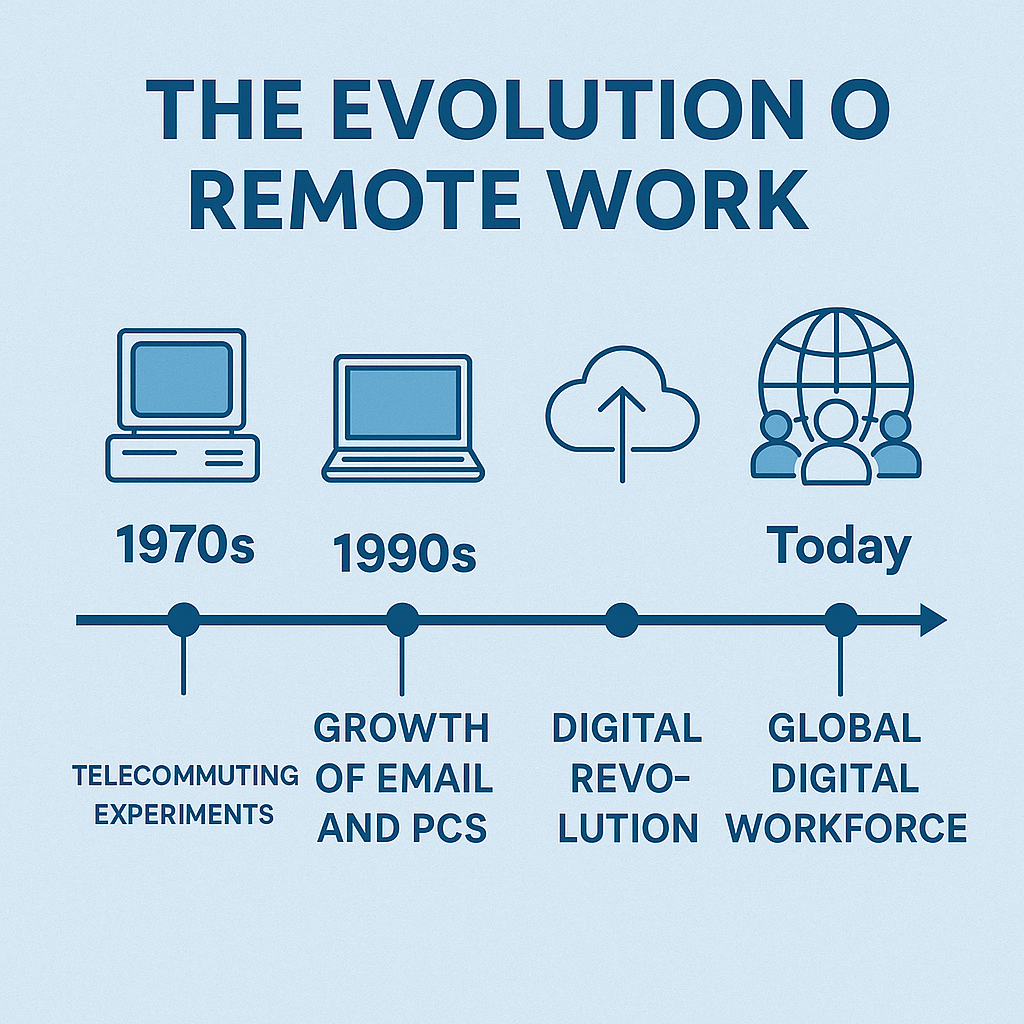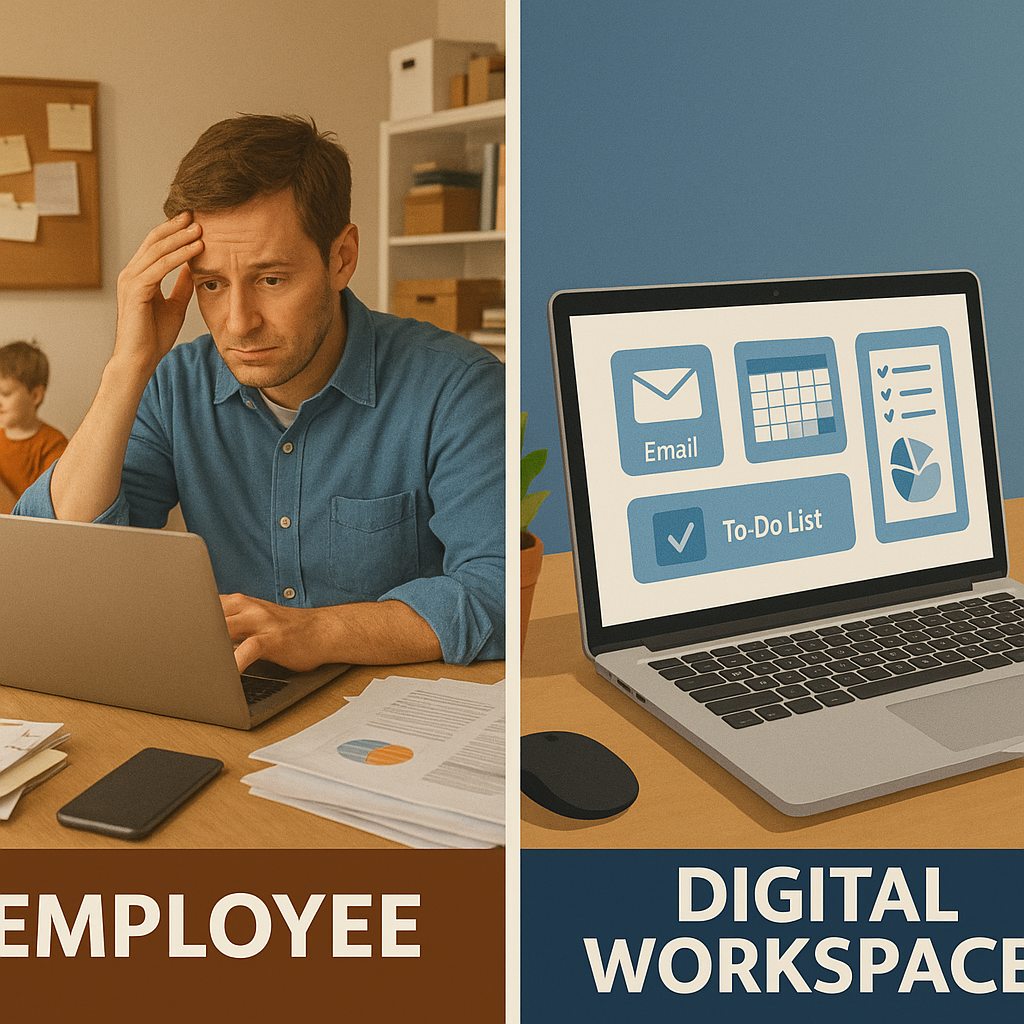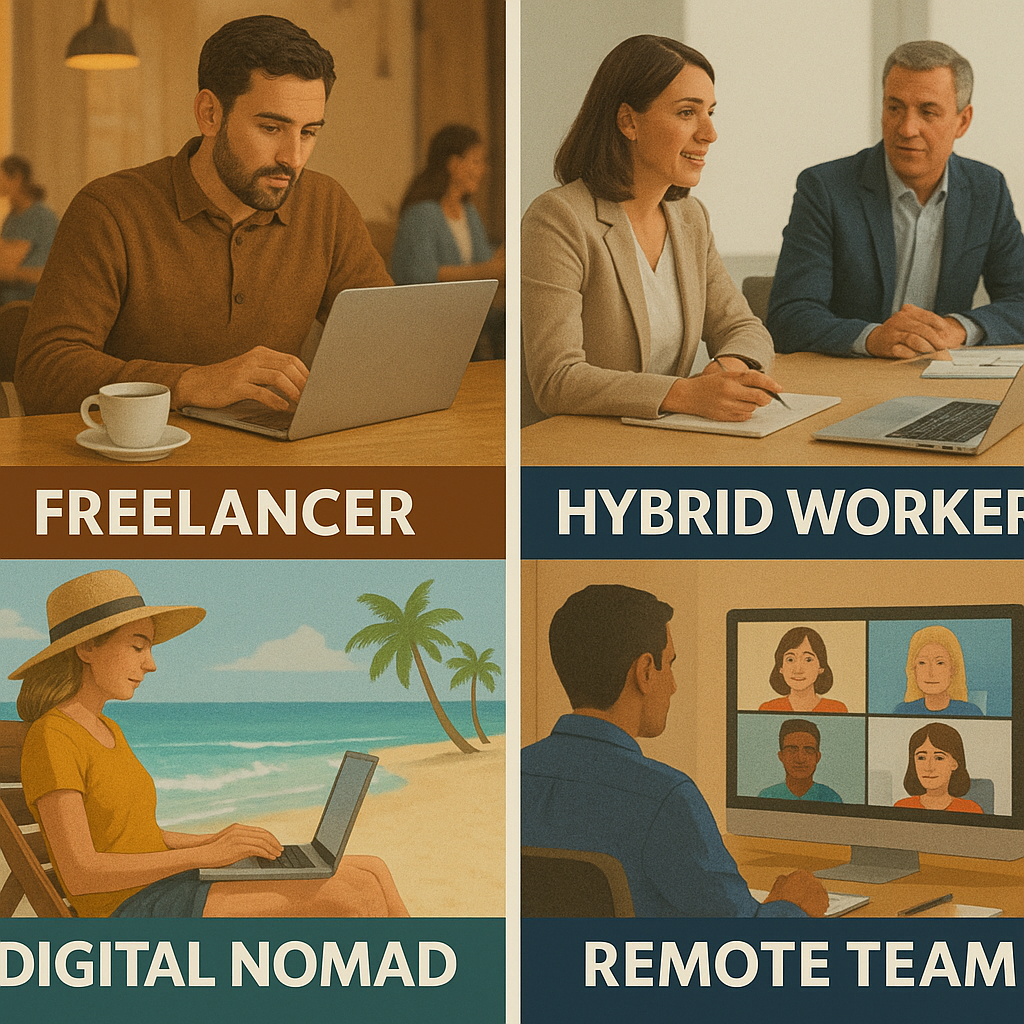What Does Remote Working Really Mean? A Complete Guide to the Future of Work
Table of Contents
Excerpt
Remote working has become more than just a trend—it’s a global movement redefining how we live and work. From flexibility and productivity to new challenges, understanding what “remote working” means is essential for professionals and businesses preparing for the future of work.
Introduction: Why Remote Working Is More Than Just “Working From Home”
When people hear the phrase remote working, they often picture someone lounging on the couch with a laptop. But the reality is far more dynamic. Remote working isn’t just about working from home—it’s about breaking free from traditional office boundaries, embracing flexible schedules, and tapping into a global workforce powered by technology.
Whether you’re a digital nomad in Bali, a parent balancing family life with career goals, or a company leveraging talent worldwide, remote working is transforming how we define “work.” In this guide, we’ll explore what remote working truly means, its pros and cons, and how it impacts individuals, organizations, and the economy.
What Does “Remote Working” Mean?

At its core, remote working refers to performing job duties outside of a traditional office environment. Instead of commuting to a fixed location, employees work from home, co-working spaces, coffee shops, or even while traveling.
Key Characteristics of Remote Working
- Location independence: Work from anywhere with a stable internet connection.
- Digital communication tools: Reliance on Slack, Zoom, Teams, and email.
- Results-oriented culture: Focus on output rather than hours spent in the office.
- Flexible schedules: Employees often set their own hours.
Unlock 57,994 hidden remote jobs
The Evolution of Remote Work

Remote working isn’t new—it has roots that go back decades. But technology, globalization, and changing employee expectations have accelerated its growth.
Early Days of Remote Work
- In the 1970s, NASA experimented with “telecommuting” to reduce traffic and energy consumption.
- By the 1990s, personal computers and email made working from home possible for select industries.
The Digital Revolution
- Cloud computing, video conferencing, and mobile technology fueled widespread adoption.
- Companies like GitLab, Basecamp, and Automattic became pioneers of fully remote teams.
Remote Work in the Pandemic Era
- The COVID-19 pandemic forced millions of companies to adopt remote work overnight.
- Surveys show over 70% of employees want remote or hybrid work options permanently.
Benefits of Remote Working

Remote work is popular because it offers advantages for both employees and employers.
For Employees
- Flexibility: Work around personal schedules, family, or travel.
- No commute: Saves hours per week and reduces stress.
- Work-life balance: More time for family, health, and personal projects.
- Global opportunities: Access to jobs beyond your local city or country.
For Employers
- Access to global talent: Hire the best person, regardless of location.
- Cost savings: Reduced office space, utilities, and overhead costs.
- Increased productivity: Many studies show remote workers are more focused.
- Employee retention: Flexible policies attract and keep top talent.
Statistic: According to a Stanford study, remote workers are 13% more productive than their in-office peers.
Benefits of Remote Working

Remote work is popular because it offers advantages for both employees and employers.
For Employees
- Flexibility: Work around personal schedules, family, or travel.
- No commute: Saves hours per week and reduces stress.
- Work-life balance: More time for family, health, and personal projects.
- Global opportunities: Access to jobs beyond your local city or country.
For Employers
- Access to global talent: Hire the best person, regardless of location.
- Cost savings: Reduced office space, utilities, and overhead costs.
- Increased productivity: Many studies show remote workers are more focused.
- Employee retention: Flexible policies attract and keep top talent.
Statistic: According to a Stanford study, remote workers are 13% more productive than their in-office peers.
Challenges of Remote Working

While the benefits are clear, remote work isn’t without its hurdles.
Common Challenges
- Isolation: Lack of face-to-face interaction can cause loneliness.
- Communication gaps: Misunderstandings can occur without in-person cues.
- Work-life boundaries: Some struggle to “switch off” from work.
- Cybersecurity risks: Remote access to company systems increases vulnerabilities.
Overcoming the Challenges
- Regular virtual check-ins: Daily stand-ups or weekly team calls.
- Collaboration tools: Slack, Asana, Trello, and project management apps.
- Healthy boundaries: Create a dedicated home office space and set work hours.
- Enhanced security: Use VPNs, encryption, and multi-factor authentication.
Types of Remote Working Models

1. Fully Remote
All employees work from different locations. Example: GitLab’s 100% remote workforce.
2. Hybrid Work
A blend of office and remote work. Employees split time between home and office.
3. Freelance/Contract Remote Work
Independent professionals offering services remotely. Examples include writers, developers, and designers.
4. Digital Nomad Lifestyle
Individuals travel the world while working remotely—powered by Wi-Fi and flexible schedules.
The Future of Remote Work

Remote working is here to stay. By 2030, experts predict that 30% of the global workforce will work remotely full-time.
Trends Shaping the Future
- AI and automation will streamline tasks and enhance collaboration.
- Virtual reality (VR) offices could make meetings feel more lifelike.
- Decentralized teams will redefine traditional corporate structures.
- Work-life integration will become a top priority for employees.
Unlock 57,994 hidden remote jobs
Conclusion: Embracing Remote Working as the New Normal
Remote working is no longer just a perk—it’s a revolution in how we define and experience work. It gives people freedom, saves companies money, and creates opportunities on a global scale. While challenges exist, smart strategies and technology make it easier than ever to succeed remotely.
If you’re considering remote work or building a team, now is the perfect time to embrace this shift. The future of work is remote—are you ready to adapt?
FAQ: Remote Working
Q1: What does remote working mean in simple terms?
Remote working means doing your job from a location other than a traditional office, usually from home or anywhere with internet access.
Q2: Is remote working the same as working from home?
Not exactly. Working from home is a form of remote work, but remote working can also mean working from co-working spaces, cafés, or while traveling.
Q3: What are the main advantages of remote working?
Key benefits include flexibility, no commuting, better work-life balance, and access to global job opportunities.
Q4: What are the challenges of remote working?
Challenges include isolation, communication issues, blurred boundaries between personal and professional life, and cybersecurity risks.
Q5: Will remote working continue in the future?
Yes. Remote working is expected to grow, with more companies adopting hybrid or fully remote models.
